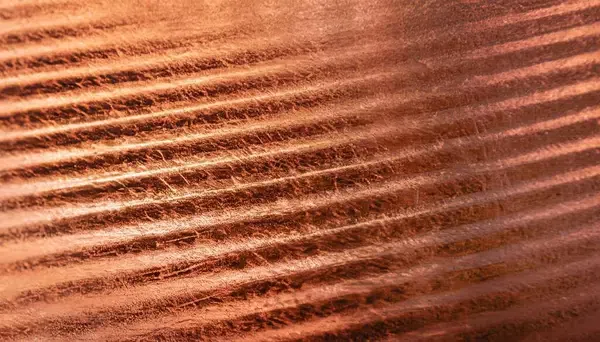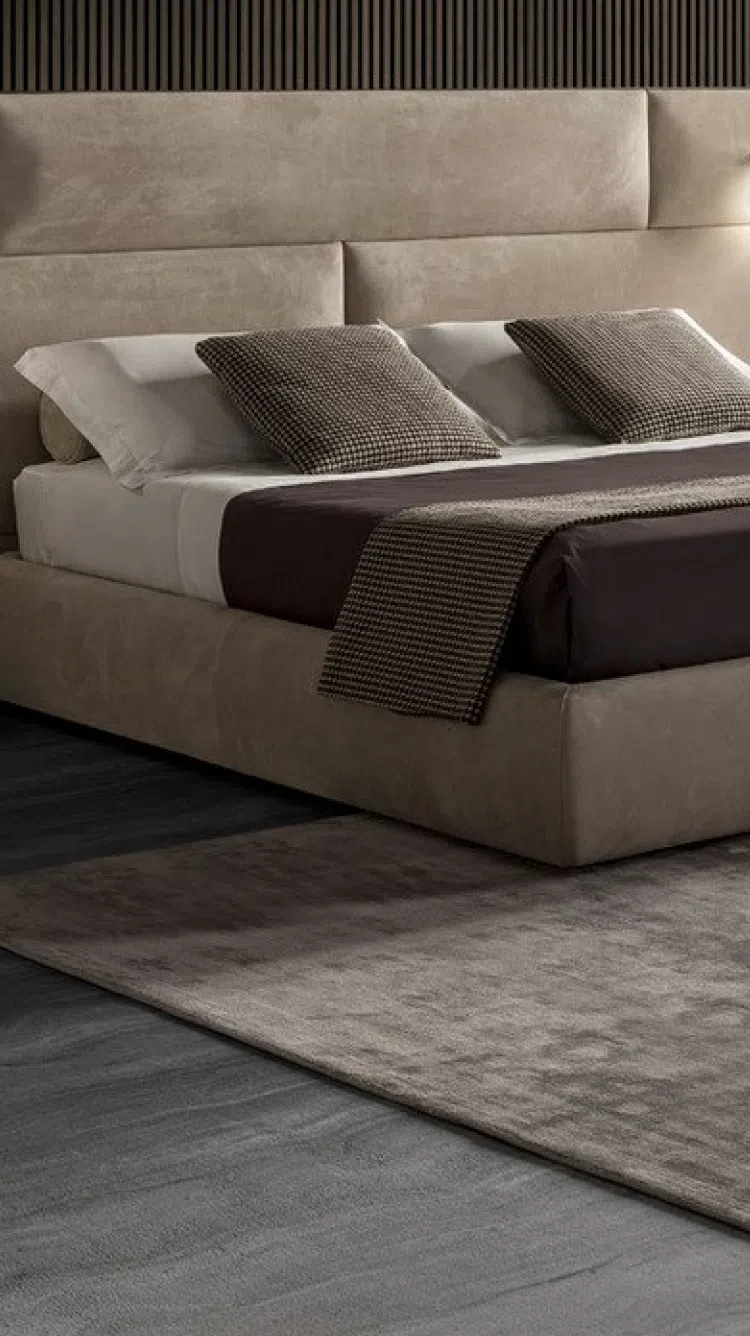
Bronze is an alloy consisting primarily of copper, with approximately 12-12.5% of tin and often with the addition of other metals (such as aluminum, manganese, nickel, or zinc) and sometimes non-metals or metalloids such as arsenic, phosphorus, or silicon. These additions produce a range of alloys that may be harder than copper alone, or have other useful properties, such as strength, ductility, or machinability.
When used in furniture, bronze often adds a sense of luxury and permanence. Here are several key points regarding bronze as a material for furniture:
Aesthetic Qualities: Bronze has a distinctive, warm color that can range from pale gold to deep coppery red, depending on its specific composition and surface finish. As the surface oxidizes, it develops a patina, a green or blue-green layer, which is often seen as a desirable characteristic and can add depth and character to the piece. Some designers intentionally accelerate this process to achieve an antique or vintage look.
Durability: Known for its strength and resistance to wear, bronze is particularly well-suited for handles, knobs, frames, and structural elements of furniture that are exposed to significant use or wear. Bronze maintains structural integrity over a long period, so furniture featuring bronze accents or components is often viewed as an investment in longevity.
Corrosion Resistance: Excellent resistance to corrosion is another of bronze's key attributes, making it suitable for outdoor furniture or furnishings in coastal or marine environments where salty air might corrode other materials.
Workability: Bronze can be cast, hammered, machined, and polished, offering a high degree of design flexibility. It can be used to create intricate shapes and fine details, making it popular for decorative elements in furniture design, such as inlays, feet, and ornamental trims.
Weight: Bronze is a heavy material, contributing to a feeling of quality and stability in furniture. However, its weight may also be a disadvantage for pieces intended to be portable or frequently moved.
Cost: Due to its composition, bronze is generally more expensive than materials such as wood, plastic, or even some other metals. This cost is reflected in the final product, making bronze-containing furniture pieces premium offerings.
Maintenance: Although bronze develops a natural patina that many appreciate, it does occasionally require cleaning and maintenance to retain its luster, especially in the case of high-gloss finishes. Specialized metal polishes or a simple mixture of lemon juice and baking soda can be used to clean and maintain its appearance.
Applications: In the world of furniture, you'll find bronze used in various ways, including structural components of high-end office furniture, decorative elements of luxury residential pieces, tabletops, bed frames, and in the hardware of cabinetry and doors.
When considering bronze for furniture, it's critical to balance the desired aesthetic and functional outcomes with considerations regarding weight, cost, and maintenance. The final decision often comes down to the specific requirements of the project and the value placed on bronze's unique properties.


